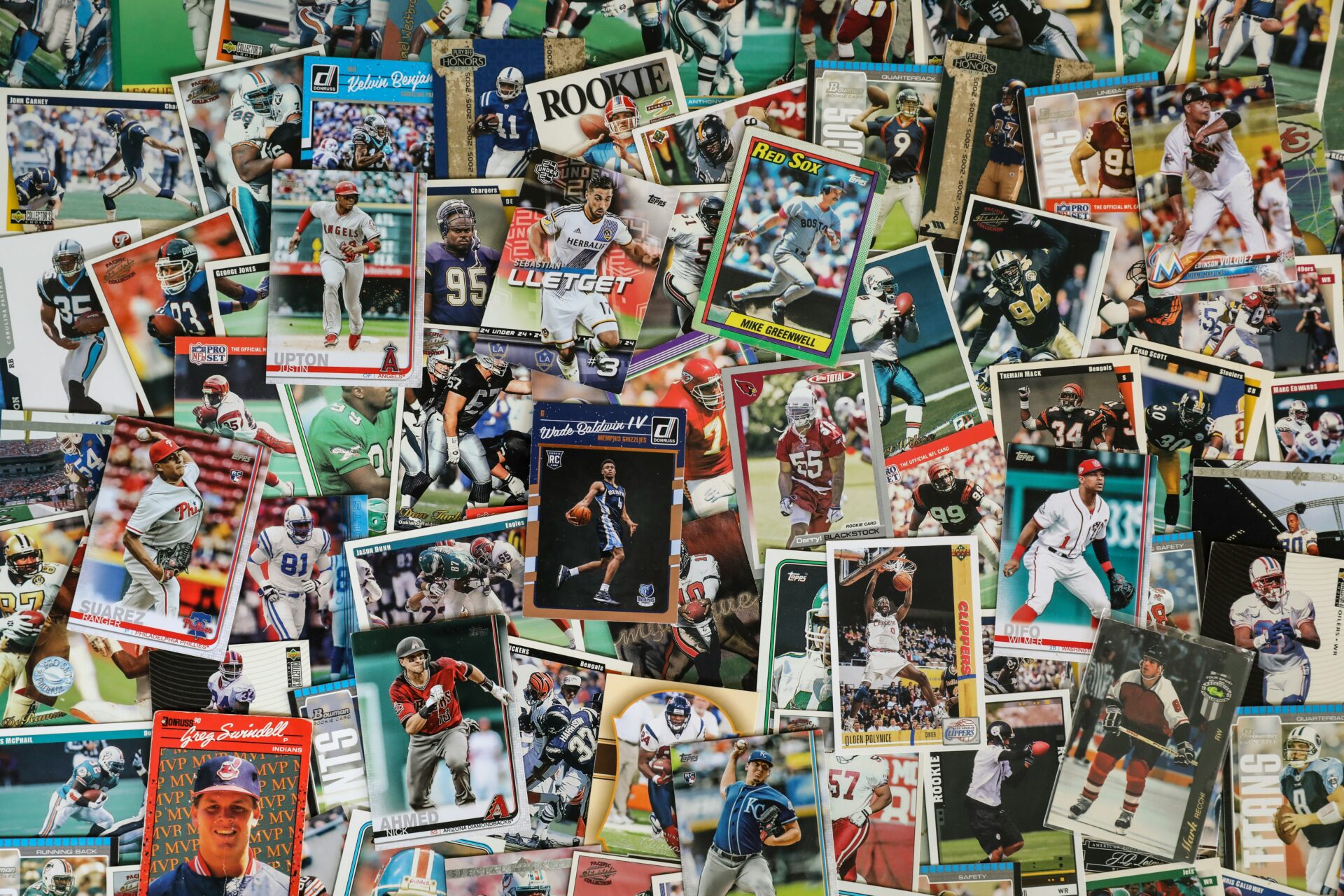Trading cards have evolved from a fun hobby into a booming industry, with some cards fetching millions at auctions. Whether you’re a seasoned collector or just starting out, one thing is for sure: authenticity is key. A counterfeit card can ruin your collection – and potentially your investment. But don’t worry! Here’s how to verify your trading cards and avoid those pesky fakes.
1. Know the Card’s History
Before buying any card, take a deep dive into its history. Every collectible card has a story – its origin, previous owners, and sales history. If the card you’re eyeing lacks this backstory, it could be a red flag.
Fun Fact: The first-ever Pokémon trading card (a “Pikachu Illustrator”) sold for a record-breaking $5.2 million in 2021. It’s not just about the card, but the legacy it holds!
2. Check the Printing Quality
Counterfeit cards often have lower printing quality. Compare the card’s print with that of a verified, genuine version. Look closely at the colors, borders, and text.
- Print Quality: Genuine cards will have crisp text and no smudging. Fake cards often have blurry or faded text.
- Borders: The borders on counterfeit cards can be uneven or too thick. Real cards have perfectly aligned borders.
Fun Fact: Did you know? The holographic “foil” feature on cards like Magic: The Gathering or Pokémon was originally designed as a security measure to prevent counterfeiting. Now, it’s just as iconic as the cards themselves!
3. Feel the Card’s Texture
This may sound obvious, but the feel of a trading card is crucial. Counterfeit cards are often made with cheap materials that don’t match the texture of genuine cards. Real trading cards have a distinct feel due to their special coating and texture.
Tip: Use the “light test” (more on that in a moment), but don’t forget to feel the card. If it feels too smooth or too rough, it’s probably a fake.
4. Use the Light Test
Hold the card up to the light to check the inner layer. Genuine trading cards have a specific thickness and material, so you should be able to see a thin light streak when looking through it.
- For Magic: The Gathering cards: Hold the card up to the light – if you see a very faint watermark in the card’s inner layer, it’s real!
- For Pokémon cards: A real card should show a “blue core” when held up to the light, while fake cards often have a bright white core.
Fun Fact: The “light test” was first discovered by collectors who wanted to spot counterfeits in the 1990s. It’s still one of the most reliable methods!
5. Check the Ruler Test (Thickness Matters!)
One of the easiest ways to identify fake trading cards is to check their thickness. Counterfeit cards are often thinner or thicker than genuine cards. Grab a ruler and measure – genuine trading cards have a very specific size and weight.
Pro Tip: Magic cards measure around 0.012 inches thick, while Pokémon cards are about the same. If your card doesn’t match up, it’s likely a fake.
6. Ask the Seller for Authentication
This one’s simple: always ask for proof of authenticity. Reputable sellers should be able to provide certificates or other forms of verification. If they refuse or seem evasive, you should walk away.
Fun Fact: Some high-end trading cards now come with digital certificates of authenticity that are stored on the blockchain. This makes counterfeiting virtually impossible. The future is here!
7. The “Wrong Font” Test
If you’re a Pokémon fan, this one’s for you! Counterfeit Pokémon cards often have noticeable font differences when compared to the original. The font used for text on a fake card might be slightly off – either too bold, too thin, or the wrong size.
Tip: Check the “Pokémon” logo at the top of the card. If it looks too small, the card might be a fake.
8. Use Online Resources
Take advantage of online resources like card databases, forums, and trusted sellers’ websites to check the authenticity of your cards. Sites like PSA (Professional Sports Authenticator) and Beckett provide valuable information about what authentic cards should look like.
Fun Fact: Some trading cards are graded by professionals for value-graded cards, especially from companies like PSA, can be worth significantly more than non-graded ones!
9. Trust Your Gut
If something feels “off” about a card, chances are it is. Whether it’s the colors, the feel, or the overall quality, a trained eye can often tell when a card isn’t real.
Pro Tip: When in doubt, consult an expert! There are plenty of professionals and experienced collectors who can help you spot a counterfeit card.
10. Buy from Trusted Sources
The best way to avoid fakes is to buy your cards from well-known and reputable sources. Whether it’s a brick-and-mortar store, a trusted online marketplace, or an authorized seller, buying from the right place ensures that your cards are authentic.
Fun Fact: Some of the most popular places to buy trading cards, like eBay, now have an authentication service for high-value cards. The cards are sent to PSA for grading before they are shipped to the buyer – great news for collectors!
Verifying trading cards might seem like a lot of work, but it’s all worth it when you’re holding onto valuable, authentic treasures.
Happy collecting, and may your deck always be strong and your cards always be real!
Contact us today to learn more!
If you want to take your authentication process to the next level, consider using OwnerChip’s technology. We specialize in integrating advanced authentication solutions that enhance market credibility. If you’re interested in learning more about how our services can benefit you, please reach out to us.
